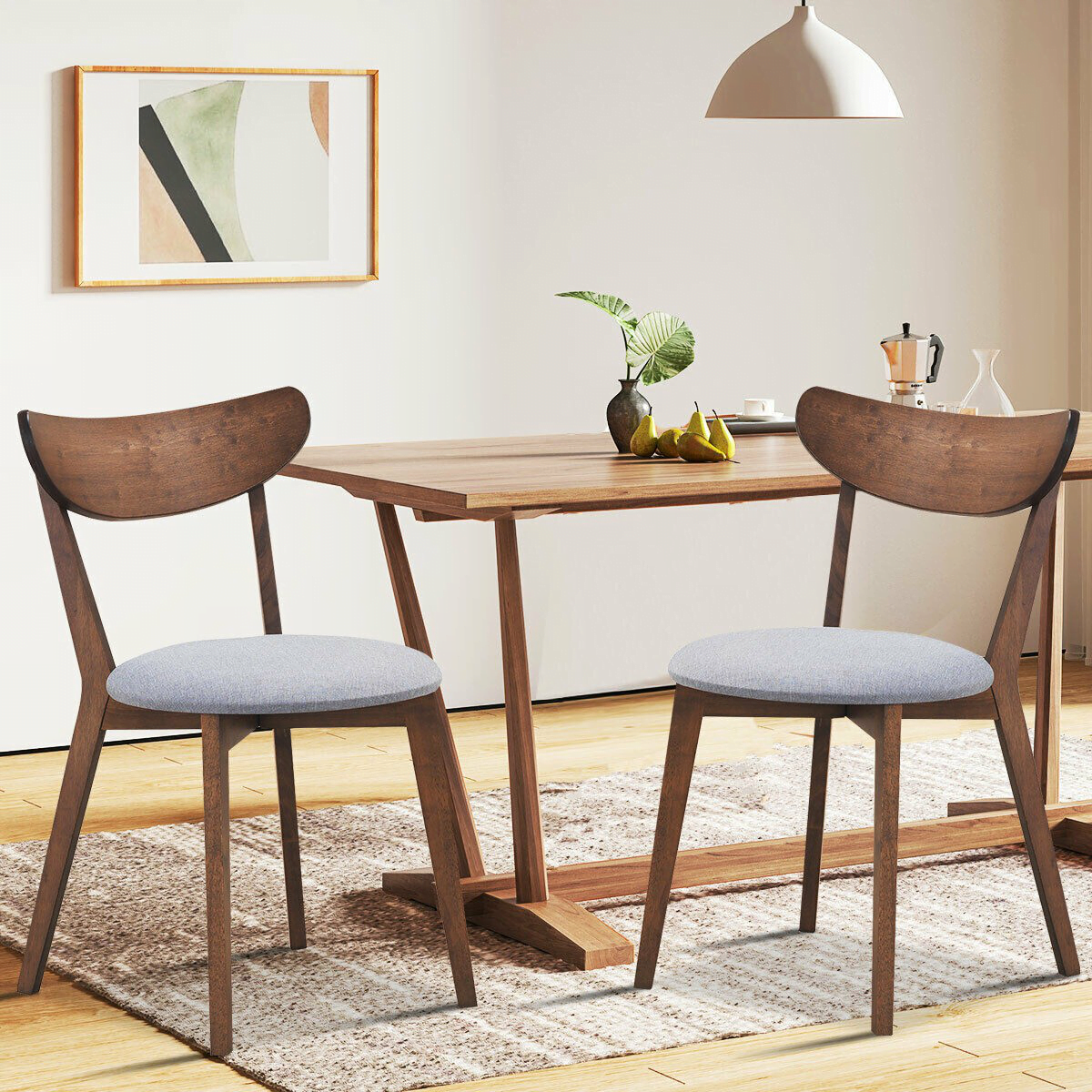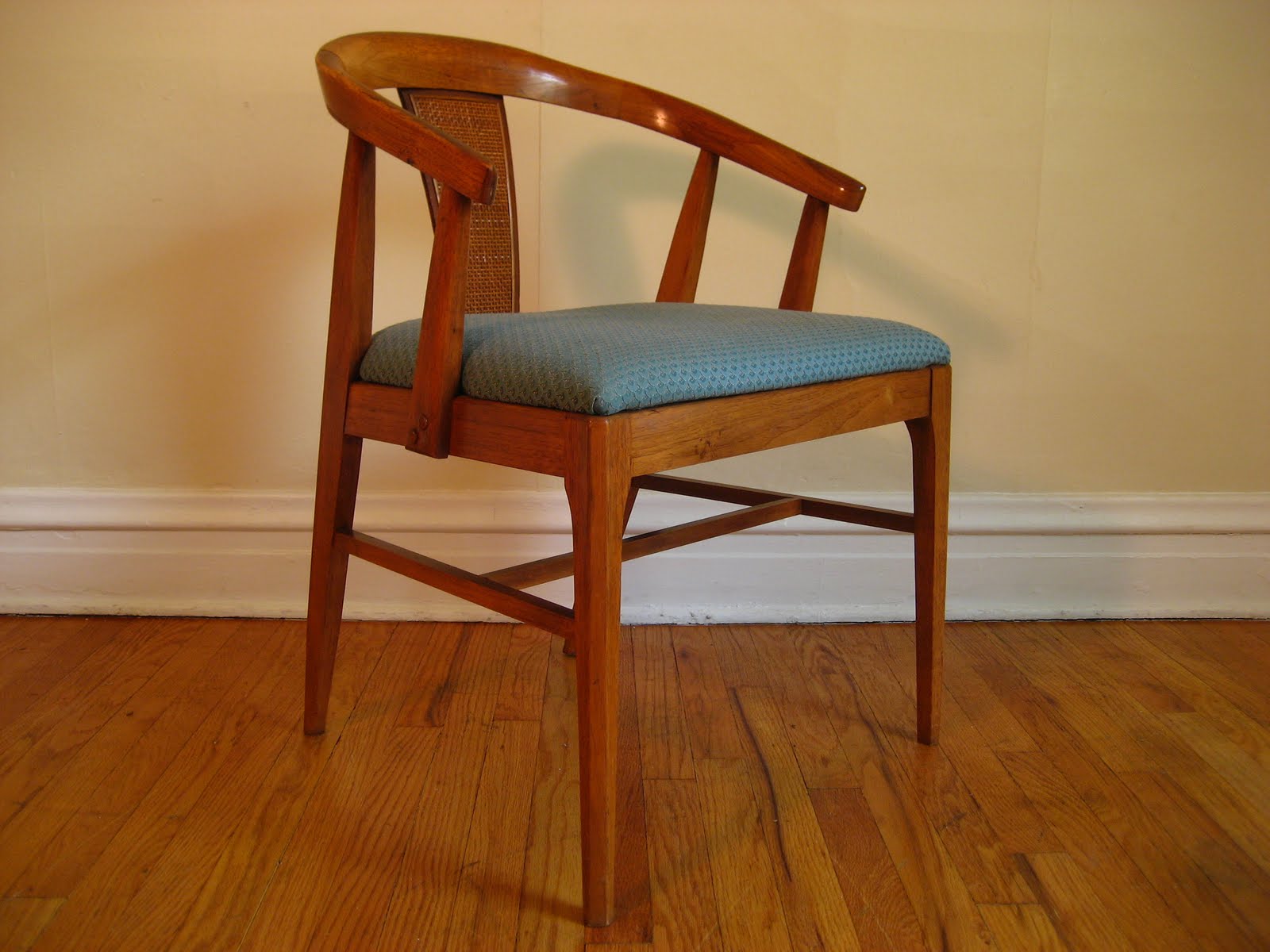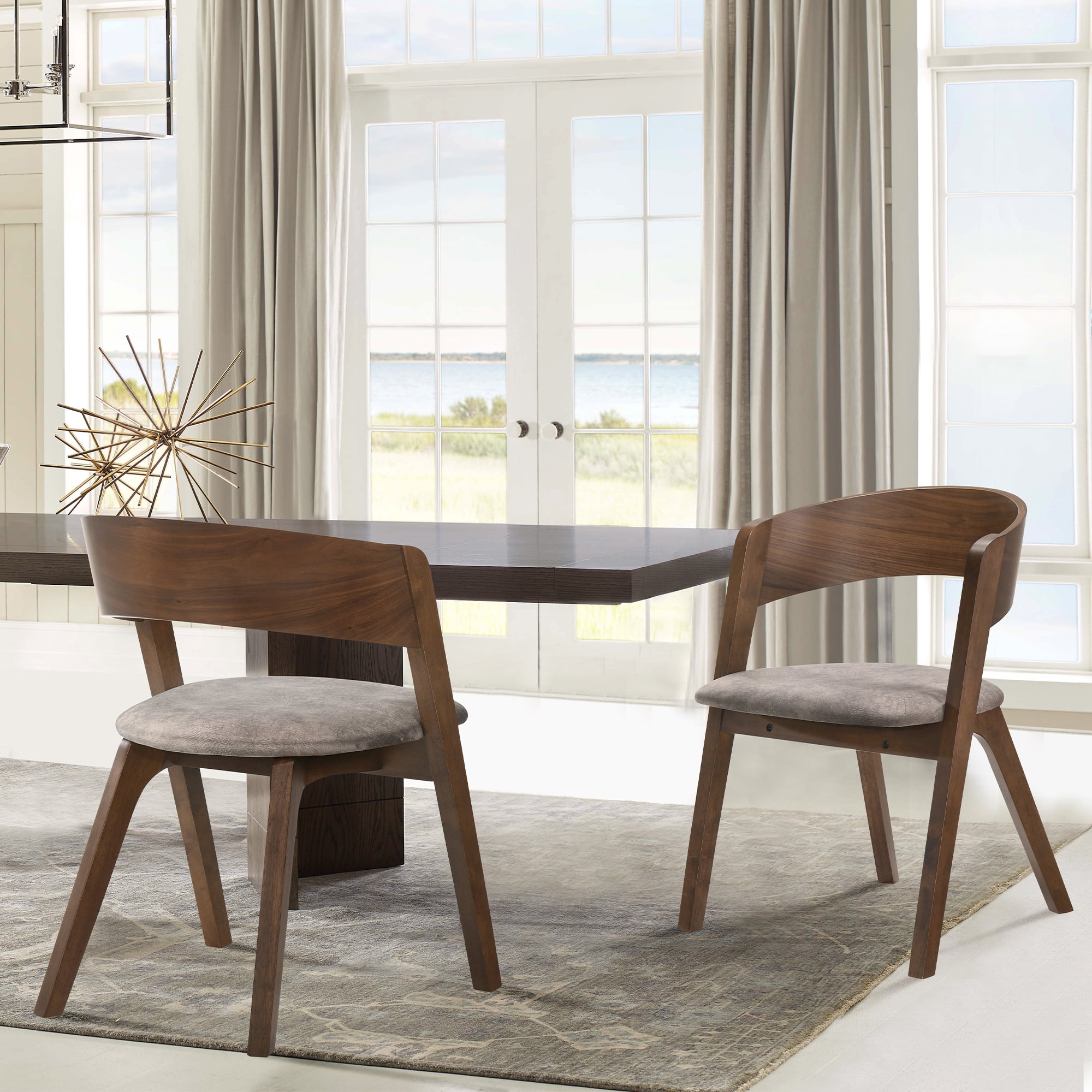Design and Style

Mid-century modern dining chairs with arms are iconic pieces of furniture that embody the spirit of the 1950s and 1960s. They’re known for their clean lines, simple forms, and focus on functionality. But what exactly makes them so special? Let’s dive into the design elements, historical context, and evolution of these chairs.
Key Design Elements
Mid-century modern dining chairs with arms typically feature:
- Sleek and Streamlined Forms: These chairs often have a simple, geometric shape with minimal ornamentation. They prioritize functionality and visual appeal over elaborate details.
- Tapered Legs: The legs of mid-century modern dining chairs are often tapered, adding a sense of lightness and elegance. This design element also helps to create a visually appealing silhouette.
- Organic Shapes: Some mid-century modern dining chairs incorporate organic shapes, such as curved backs or seats, to add a touch of warmth and comfort.
- Comfortable Upholstery: The upholstery on these chairs is typically made from durable and comfortable materials like leather, fabric, or vinyl. The padding is often designed to provide support and comfort for long periods of time.
- Arms: The arms of mid-century modern dining chairs are typically designed to be both stylish and functional. They provide support and comfort while also adding to the overall aesthetic of the chair.
Historical Context and Influences
The mid-century modern design aesthetic emerged in the mid-20th century, influenced by several factors:
- Post-World War II Optimism: After the devastation of World War II, there was a renewed focus on optimism and progress. This optimism was reflected in the design of furniture, which became more streamlined, functional, and affordable.
- Technological Advancements: Advancements in materials and manufacturing techniques allowed designers to create new and innovative furniture designs. For example, the use of plywood and molded plastic enabled the creation of chairs with more organic shapes.
- Emphasis on Functionality: The mid-century modern movement emphasized functionality over ornamentation. This was reflected in the design of dining chairs, which were designed to be comfortable, durable, and easy to use.
Prominent Designers and Their Styles
Several prominent designers made significant contributions to the development of mid-century modern dining chairs:
- Eero Saarinen: Saarinen’s designs were known for their sleek, sculptural forms. His “Tulip Chair” (1957), with its single pedestal base, is a classic example of mid-century modern design.
- Charles and Ray Eames: The Eameses were known for their innovative use of materials and their focus on functionality. Their “Eames Dining Chair” (1949), with its molded plywood shell and wire base, is a timeless design.
- Arne Jacobsen: Jacobsen’s designs were characterized by their clean lines and minimalist aesthetic. His “Series 7 Chair” (1955), with its distinctive Y-shaped base, is a popular choice for dining rooms.
- Hans Wegner: Wegner was a master of woodworking, and his chairs were known for their intricate details and craftsmanship. His “Wishbone Chair” (1949), with its distinctive Y-shaped backrest, is a highly sought-after collectible.
Evolution of Mid-Century Modern Dining Chairs, Mid century modern dining chair with arms
Mid-century modern dining chairs have evolved over time, with designers experimenting with new materials, shapes, and techniques. Some key trends and innovations include:
- Use of New Materials: The use of new materials, such as molded plastic, fiberglass, and metal, allowed designers to create chairs with more complex shapes and forms.
- Focus on Comfort: Designers began to pay more attention to the comfort of dining chairs, incorporating features such as padded seats, adjustable backs, and ergonomic designs.
- Emphasis on Sustainability: As sustainability became a growing concern, designers began to incorporate recycled materials and eco-friendly manufacturing processes into their designs.
Materials and Construction: Mid Century Modern Dining Chair With Arms

Mid-century modern dining chairs with arms are known for their sleek designs and use of high-quality materials. These chairs were often crafted using innovative techniques that combined functionality with aesthetics, creating pieces that are both stylish and durable.
Common Materials
The most common materials used in the construction of mid-century modern dining chairs with arms are wood, metal, and upholstery. Each material offers unique advantages and disadvantages in terms of durability, comfort, and aesthetics.
- Wood: Wood is a classic choice for dining chairs, offering natural beauty, durability, and warmth. Popular wood species include oak, walnut, teak, and rosewood. Oak is known for its strength and durability, while walnut is prized for its rich color and grain patterns. Teak is naturally resistant to weather and insects, making it ideal for outdoor furniture. Rosewood is known for its beautiful, dark color and rich grain.
- Metal: Metal is another popular choice for mid-century modern dining chairs, offering strength, durability, and a modern aesthetic. Steel, aluminum, and chrome are common metals used in chair construction. Steel is strong and durable, but it can be heavy. Aluminum is lightweight and rust-resistant, making it ideal for outdoor furniture. Chrome is a shiny metal that adds a touch of elegance to any chair.
- Upholstery: Upholstery is often used to add comfort and style to mid-century modern dining chairs. Leather, fabric, and vinyl are common upholstery materials. Leather is durable and luxurious, but it can be expensive. Fabric is soft and comfortable, but it may require more maintenance. Vinyl is durable and easy to clean, but it can be less comfortable than leather or fabric.
Construction Techniques
Mid-century modern dining chairs often feature innovative construction techniques that emphasize simplicity and functionality. Some common techniques include:
- Joinery: Joinery is a traditional woodworking technique that involves joining pieces of wood together without using nails or screws. Common joinery techniques used in mid-century modern dining chairs include mortise and tenon, dovetail, and finger joints. These techniques create strong and durable joints that can withstand the test of time.
- Laminated Wood: Laminated wood is created by gluing together thin layers of wood veneer. This technique is often used to create curved shapes and to enhance the strength and stability of the chair.
- Metal Framing: Metal framing is a common construction technique for mid-century modern dining chairs. Metal frames can be welded or bolted together to create a strong and durable base for the chair.
Innovative Materials and Construction
Mid-century modern designers were constantly experimenting with new materials and construction techniques. Some notable examples include:
- Plywood: Plywood is a strong and versatile material that was widely used in mid-century modern furniture design. It allowed designers to create curved shapes and complex forms that were not possible with traditional woodworking techniques.
- Fiberglass: Fiberglass is a lightweight and durable material that was used to create chairs with unique shapes and forms. The Eames Lounge Chair, designed by Charles and Ray Eames, is a classic example of a chair that uses fiberglass.
- Plastic: Plastic was another innovative material used in mid-century modern furniture design. It allowed designers to create chairs with bold colors and geometric shapes.
Popularity and Influence

Mid-century modern dining chairs with arms have become more than just furniture; they’ve become timeless icons of style and comfort. Their popularity has endured for decades, influencing contemporary design and remaining a sought-after piece in modern homes.
Reasons for Enduring Popularity
The enduring popularity of mid-century modern dining chairs with arms can be attributed to several factors. These chairs offer a unique blend of functionality, aesthetics, and historical significance.
- Timeless Design: The clean lines, minimalist forms, and focus on functionality of mid-century modern design have aged gracefully. These chairs seamlessly blend into various interior styles, from classic to contemporary, ensuring their continued relevance.
- Comfort and Ergonomics: Mid-century modern chairs often prioritize comfort and ergonomics. They feature well-designed frames, supportive cushions, and a focus on natural postures, making them ideal for extended dining experiences.
- Versatility: Mid-century modern dining chairs with arms are incredibly versatile. They can be used in various settings, including dining rooms, living rooms, and even bedrooms. Their adaptability makes them a practical and stylish choice for modern homes.
- Nostalgia and History: The mid-century modern movement is deeply rooted in history, evoking a sense of nostalgia and a connection to a specific era. This historical significance adds an extra layer of appeal to these chairs.
Iconic Mid-Century Modern Dining Chairs
Several mid-century modern dining chairs have achieved iconic status, becoming recognized as design masterpieces. These chairs represent the peak of the movement’s influence and continue to inspire contemporary designers.
- The Eames DSW (Dining Side Chair Wood Base): This chair, designed by Charles and Ray Eames in 1950, is one of the most recognizable mid-century modern pieces. Its simple yet elegant design, featuring a molded plastic seat and a wooden base, has made it a timeless classic. The DSW chair embodies the essence of mid-century modern design: functionality, comfort, and affordability.
- The Cesca Chair: Designed by Marcel Breuer in 1928, the Cesca chair features a unique combination of materials: a woven cane seat and back, a tubular steel frame, and wooden legs. This chair is a testament to Breuer’s innovative use of materials and his commitment to creating functional and elegant designs. The Cesca chair is often seen as a symbol of the Bauhaus movement, which greatly influenced mid-century modern design.
- The Wishbone Chair: This chair, designed by Hans J. Wegner in 1949, is known for its distinctive Y-shaped backrest, which provides excellent back support. The Wishbone chair is a prime example of Scandinavian design, emphasizing natural materials, craftsmanship, and simplicity. The chair’s elegant lines and handcrafted details have made it a coveted design piece.
Impact on Modern Furniture Design
Mid-century modern dining chairs have had a profound impact on modern furniture design trends. They have inspired designers to prioritize functionality, aesthetics, and comfort in their creations.
- Minimalism and Clean Lines: Mid-century modern design’s emphasis on clean lines and minimalist forms has influenced modern furniture design. Designers continue to create furniture with a streamlined aesthetic, avoiding unnecessary ornamentation.
- Material Innovation: The use of innovative materials, such as molded plastic and tubular steel, in mid-century modern furniture has paved the way for experimentation and exploration in modern design. Designers continue to push the boundaries of material use, incorporating new technologies and sustainable materials into their creations.
- Focus on Comfort and Ergonomics: Mid-century modern design’s focus on comfort and ergonomics has remained a cornerstone of modern furniture design. Designers prioritize creating furniture that is both visually appealing and comfortable to use.
Adaptation and Reinterpretation
Mid-century modern dining chairs have been adapted and reinterpreted in contemporary design, resulting in a wide range of modern variations that pay homage to the original designs while incorporating new trends and materials.
- Color and Pattern: Modern designers often reinterpret mid-century modern chairs by adding pops of color and bold patterns. This approach injects a contemporary feel while maintaining the classic form.
- Material Exploration: Modern designers experiment with new materials, such as recycled plastics, sustainable wood, and innovative fabrics, while maintaining the spirit of mid-century modern design.
- Hybrid Designs: Modern designers often combine elements of mid-century modern design with contemporary trends, creating hybrid designs that are both familiar and fresh. For example, they might combine the classic lines of a mid-century modern chair with a modern upholstery fabric or a unique base.
Mid century modern dining chair with arms – Mid-century modern dining chairs with arms offer a blend of style and comfort, often featuring sleek lines and a focus on functionality. To find the perfect chair for your dining space, consider exploring the world of dining room chair manufacturers , who offer a wide range of designs, materials, and price points.
From iconic brands to emerging designers, you’re sure to find a mid-century modern dining chair with arms that complements your unique taste and elevates your dining experience.
Mid-century modern dining chairs with arms often feature beautiful upholstery fabrics that add to their style. To keep these fabrics looking their best, consider using a dining chair fabric protector. This will help to repel stains and spills, ensuring that your mid-century modern dining chairs remain a stylish and functional part of your dining room for years to come.
